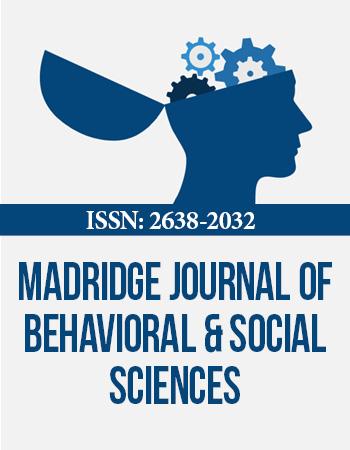International Conference on Alzheimerʼs Disease & Associated Disorders
May 7-9, 2018 Rome, Italy
Copper Homeostasis in Frontotemporal Lobar Degeneration
IRCCS Istituto Centro San Giovanni di Dio- Fatebenefratelli, Italy
Trace metal dyshomeostasis has been linked to cognitive deterioration and in particular a disturbance in the regulation of copper (Cu). Excess Cu not bound to ceruloplasmin (non-Cp Cu, also referred to as ‘free’ Cu), is thought to play a role in the development of Alzheimerʼs disease (AD). Non-Cp Cu is redox active and its toxicity results from its ability to accelerate oxidative stress via Fenton-like and Haber Weiss chemistry reactions.
The plasma component of non-Cp Cu is composed of Cu loosely bound to albumin, transcuprein, peptides and amino acids and it is exchanged among them. It makes up 5-10% of plasma Cu in normal condition. If the non-Cp Cu pool becomes expanded, this Cu becomes toxic, as exemplified by Wilsonʼs disease and reported in AD and other neurodegenerative diseases.
Elevated levels of non-Cp Cu in serum increase the probability of having AD by approximately three-fold. Meta-analyses show copper dyshomeostasis in Alzheimerʼs disease. However, a study evaluating copper changes in other neurodegenerative forms of dementia has not yet been performed. In this study, we assessed copper, ceruloplasmin, copper not bound to ceruloplasmin and copper to ceruloplasmin ratio in 85 patients affected by Frontotemporal Lobar Degeneration (FTLD) and 55 healthy controls. Data were analysed through multivariate ANOVA models taking into account age and sex as covariates and the stratification for FTLD variants, after calculating power analysis to ensure the reliability of the conclusions drawn. The study revealed no difference between the groups.
Biography:
Rosanna Squitti, PhD, works in Italy with Fatebenefratelli Institutes, and she is visiting Scholar at the University of Miami (Fl, US). She is author of more than 100 peer reviewed publications and 2 patents. She contributed to the understanding of Alzheimerʼs disease (AD) by demonstrating the existence of a copper imbalance in AD, consisting in systemic excess copper not bound to ceruloplasmin (non-Cp Cu) and decreased protein-bound copper in the brain. She demonstrated that ATP7B gene, which is a major regulator of non-Cp Cu levels, associates with the AD risk, supporting the existence of a Cu subtype of AD.


